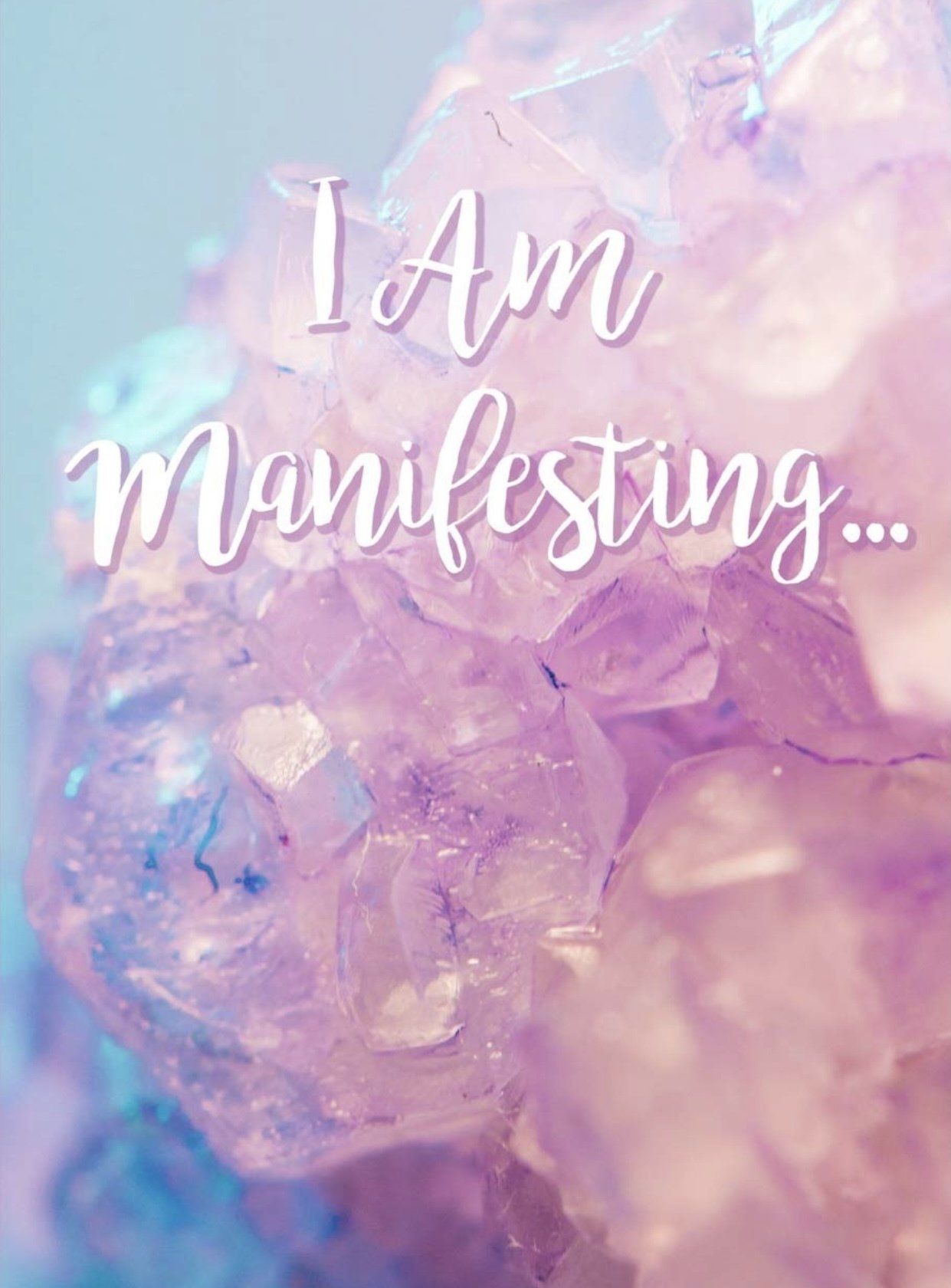The 5 mental fluctuations of the mind

The 5 mental fluctuations of the mind
Patanjali talks about the mental fluctuations of the mind, or consciousness, otherwise known as chitta vritti. These mental beings shape our phenomenal world and, based on perceptions and verbal delusions, we create samskaras; pattens of limiting behaviour. This is one of the most profound parts of the yoga sutras.
The five types of mental cognition, or chitta vritti, are:
right knowledge, perception, verbalization, memory, and sleep.
Chitta can be further broken down into four types of vritti:
intellect, memory, positive thoughts, and insecurities.
Right knowledge is truth and it is derived from witnessing, from inference, or from a trusted source. For example, if I am walking through the forest and see smoke I can infer there is a fire. If I see a fire I can conclude that the fire is present. If someone that I trust (a spiritual teacher) tells me there is a fire I can believe that.
Perceptions are judgments. Do we like it or do we not like it? Perception is based on previous experiences and is shaped and molded from other people’s projected opinions and the experiences that go along with them. Perception is not real, it is not truth.
Verbalizations are the stories we create around our perceptions. For example, I have a large 300 year old tree in my front garden. We all agree a tree is a tree. There might be different names in different languages but we all agree it is a tree. That is the only thing that is true. I can look at the tree and say “I like it” or “I don’t like it” and that is perception. The verbalization is the story that I put with my perception. If I like the tree I might tell you how old it is, how wonderful the shade is, and how it helps my lawn stay green in the summer. The perception and the verbalization are not true - the only thing that is true is it is a tree.
Memory is derived of right knowledge, perception, verbalization, and the misperception that nothing exists (sleep).
Sleep is the misunderstanding that nothing exists.
These fluctuations create tangles of perception that lead us to act in one way or another. These actions in the world create samskaras, or patterning. If I have a particular pattern it comes from a story which comes from a perception of reality. The more I pattern the more the story will stick. It can change our physical, intellectual, emotional, and spiritual bodies. These patterns can even change our heart.
Our samskaras shape who we are in our personal life, professional life, and our relationship with Self. Think about all of the perceptions you have about yourself and others and other people’s opinions. Think about the times you have taken action as a result of the perceptions and verbalizations you have created in your mind.
It is a very interesting psychological practice to look back on our thoughts. This is called meta-cognition. Patanjali says that meta-cognition is a really important part of our practice. This is called self-study. He brings this up in chapter two: Sadhana Pada. Using the tools that Patanjali gives us in the first chapter of the Yoga Sutras helps us to begin to practice yoga on and off the mat.
I invite you to take the idea of mental fluctuations, chitta vritti, back to your yoga practice and see what happens when you apply this on the mat. Listen to the verbalizations that go on in your head during your yoga practice. Perhaps your posture isn’t how you want it to look or perhaps you are trying to push yourself when your body is telling you to slow down or perhaps you want to slow down when you should push yourself. Begin to look at your asana, thoughts, feelings, and physical sensations as pointers to practice, identifying the five mental fluctuations. Always ask yourself first: is it true? Then, ask yourself: is it about like or dislike? Is there a judgment there? If there is then you know that it is perception and not truth. If it is a perception, check in with verbalization: is this a story you tell yourself? Is this triggering any memories? If it is known that this is an amalgam of all the mental fluctuations and they are not truth, take yourself back to the truth and compassionately forgive yourself for buying into the idea that these are true. Practicing in this way will help you meet each and every thing that happens as an experience; not good, not bad, just experience to further awaken into your most authentic expression of consciousness.
Whether your life is punctuated with bouts of joy or sadness, depression or contentment, or longer, deeper experiences of trauma and turmoil, you are not alone. In the modern world, both physical and mental dis – ease are prevalent, but that’s not to say they’re a modern phenomenon. Mental suffering and the experience of both long and short term states of emotional disharmony are by no means a recent invention; whilst anxiety and depression may be influenced by some of the things we’re surrounded with in today’s world, those who lived thousands of years ago felt just as low, anxious, ungrounded and sad as we all do sometimes.
Dive into the world of yoga philosophy, and you’ll discover that suffering (known as dukha in Sanskrit) is a part of the process of life. Any sort of suffering can be seen as what is known as a klesha – an obstacle on the path to freedom and enlightenment. Overcoming these obstacles is what a yoga practice is all about, and if we’re going to overcome suffering, all the physical, mental, emotional and energetic tools need to be brought forth.
Calming the ‘Citta’- Chatter,
The second sutra of the Yoga Sutras of Patanjali reads;-
Yogas citta vrtti nirodha
Yoga is the calming of the fluctuations of the mind.
These fluctuations of the mind are what cause us to experience momentary joy or sorrow, they can cause us to wallow in sadness for months or years, or scatter the mind in all directions so we feel anxious without knowing why. These fluctuations or vrttis, are the cause of much emotional and mental dis – ease, which is why a dedicated yoga practice focuses so much on the mind as well as the body. The word citta, pronounced ‘chitta’ refers to the mind’s ‘chitter – chatter’, or as we might better know it, self-talk, or egocentric thoughts.
When the mind is in a state of chattering away, fluctuating from attachment to hatred, happiness to sadness, and self-doubt to delusion, all of our mental energy is scattered and figuratively ‘leaks out’ of us. When the mind’s energy is leaky and scattered, this has an instant impact upon how we act physically; the breath will usually become shallow and short, and the muscles held more tense than necessary. All these things send messages back to the mind that it should be wary, scared and stressed, and without interrupting this fluctuating cycle, we find ourselves locked in a state of dukha or suffering.
It is these ‘diverse streams’ or fluctuation and energy – as Dr. Ananda Balayogi Bhavanani puts it – that are concentrated and unified into one place through the practice of yoga; “The central theme of Yoga is the golden mean, finding the middle path, a constant search for moderation and an harmonious homoeostatic balance. Yoga is the “unitive impulse” of life, which always seeks to unite diverse streams into a single powerful force. Proper practice produces an inner balance of mind that remains stable and serene even in the midst of chaos.
Seeds of Karma
If yoga had a ‘goal’, it would be to attain freedom and liberation from all suffering; the practices involved in the yogic process have the by-product of helping us live as healthily and harmoniously as possible, in contentment and peace. Harmony is brought about “….right-use-ness of the body, emotions and mind with awareness and consciousness. It must be understood [however] to be as healthy a dynamic state that may be attained in spite of the individual’s sabija karma that manifests as their genetic predispositions and the environment into which they are born”.
Sabija Karma is thought of as a seed of karma. Yogic philosophies that link to reincarnation believe we enter into this life with a certain amount of karma attached to us, and that this karma will affect any illnesses we’re born with, and the environment we’re born into. Karma is the sum of past actions; negative actions build up more karma, and we basically continue to be reborn until we’ve worked all of the karma off – to put it simply. According to many philosophies, the cause of much suffering is indeed due to karma, and the actions of past lives being put to rights in this present life.
Layers of the Mind
Other than surrendering to the laws of Karma, we learn through yoga philosophy that suffering and mental dis – ease can very much be a golden opportunity for divine learning. The ‘lesson’ philosophers speak of, is about overcoming the ego – the ‘I – maker’, an aspect of ourselves that shrinks life down to the details of ‘I, me, and my’. The Sanskrit word for ‘ego’ is ahamkara, and this makes up one of the many layers of the mind. As you can feel for yourself; the mind isn’t a single slab of cognition, it’s multi-dimensional and has subtle differences which affect how we feel, think, speak and act.
From a simplified perspective, four layers of the mind consist of Buddhi or ‘awakened’, ahamkara or ‘I-maker’, citta or ‘thoughts’ and the place we store impressions and memories, and manas, the ‘lower mind’, or sensory, processing mind. Observe yourself for even just one day, and you’ll notice how easily you move from using one part of the mind to the other. Most days we move from manas to citta to ahamkara, with possible glimpses of the awakened mind if we’re well practiced in meditation. This multi-layered example shows how the many facets of the mind have to be involved in every process – even the experience of sitting and reading these words right now.
As the world becomes more and more demanding of our senses, we load up the mind with more to work with each day, so its no wonder things need a little TLC sometimes; “Yoga views the vast proliferation of psychosomatic diseases as a natural outcome of stress and strain created by desire, fostered by modern propaganda and abuse of the body condoned on all sides even by religion, science and philosophy. Add to this the synthetic “junk food” diet of modern society and you have the possibility of endless disorders developing….”
Chasing Happiness & Being Present
Whilst yoga philosophy may focus on uniting the scattered mind, calming fluctuation thoughts, and balancing the amount the mind takes in and processes, nowhere does it actually say that we’re supposed to be happy all the time……
Samadhi – translated as ‘enlightenment’ or bliss’. This ‘end goal’ of yoga doesn’t translate as happy or joyful, rather Samadhi actually refers to the ability to witness and understand reality as it is. Rather than following the scattered thoughts of the mind, believing everything we think is true, holding onto the past or fretting about the future, or getting caught up in the narcissism of ‘I, me, and my’, Samadhi is about being here right now, experiencing the feeling of now-ness, not grasping for a fleeting feeling of joy.
According to Buddhism, the endless race towards what we think will bring happiness is seen as something that essentially ends in suffering, because once we finally attain ‘that thing’ we believe will bring us happiness, we find out it doesn’t last for long, and then we’re off again, thoughts scattered and energy fluctuating, constantly searching for the one thing that meets the requirements of making us feel content.
The more we read into philosophical teachings, the more we discover that those things that bring contentment and joy are never found outside of ourselves, but deep within. No matter how you feel now, people have felt like this before, and the teachings of yoga philosophy show clearly how being human comes with the added bonus of experiencing these difficulties and tests through life. Whilst happiness, realisation, or contentment isn’t found on the outside, yoga philosophy paints a path of how to find it for ourselves within; the texts shine a light on the fact that dis – ease is something we all have to deal with, and great comfort and solace can be found in the thousands of years of work and words dedicated to calming the fluctuations of the mind.
All Rights Reserved | Collective Vitality











